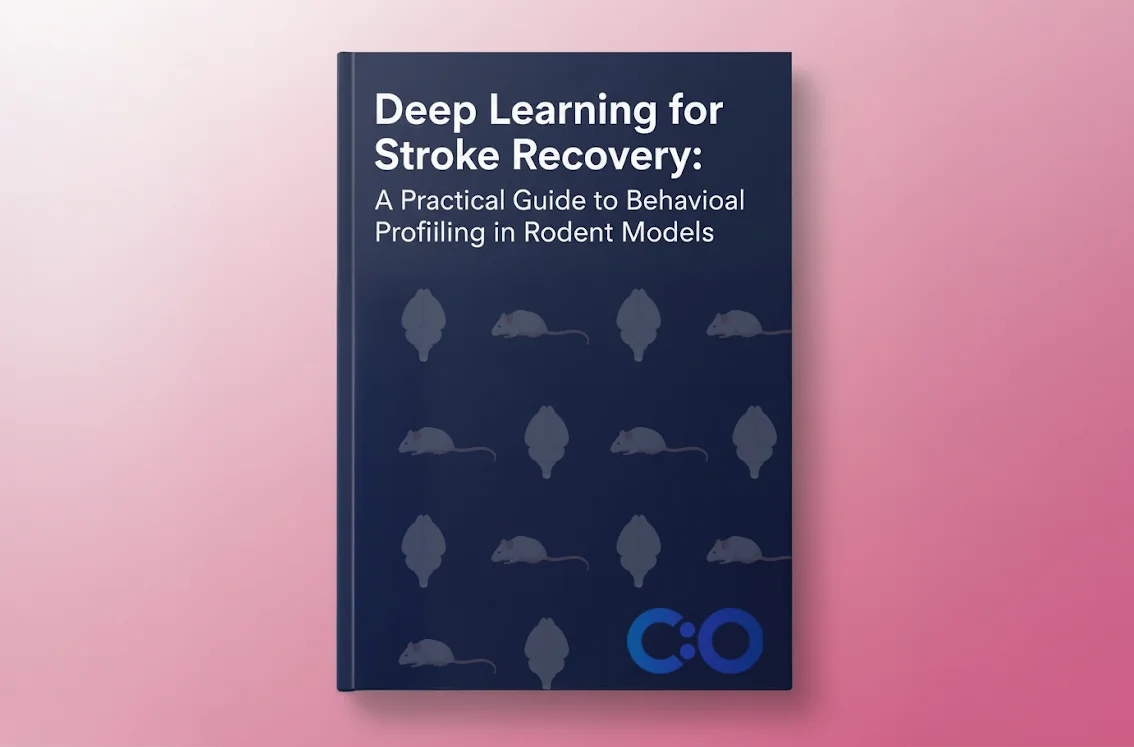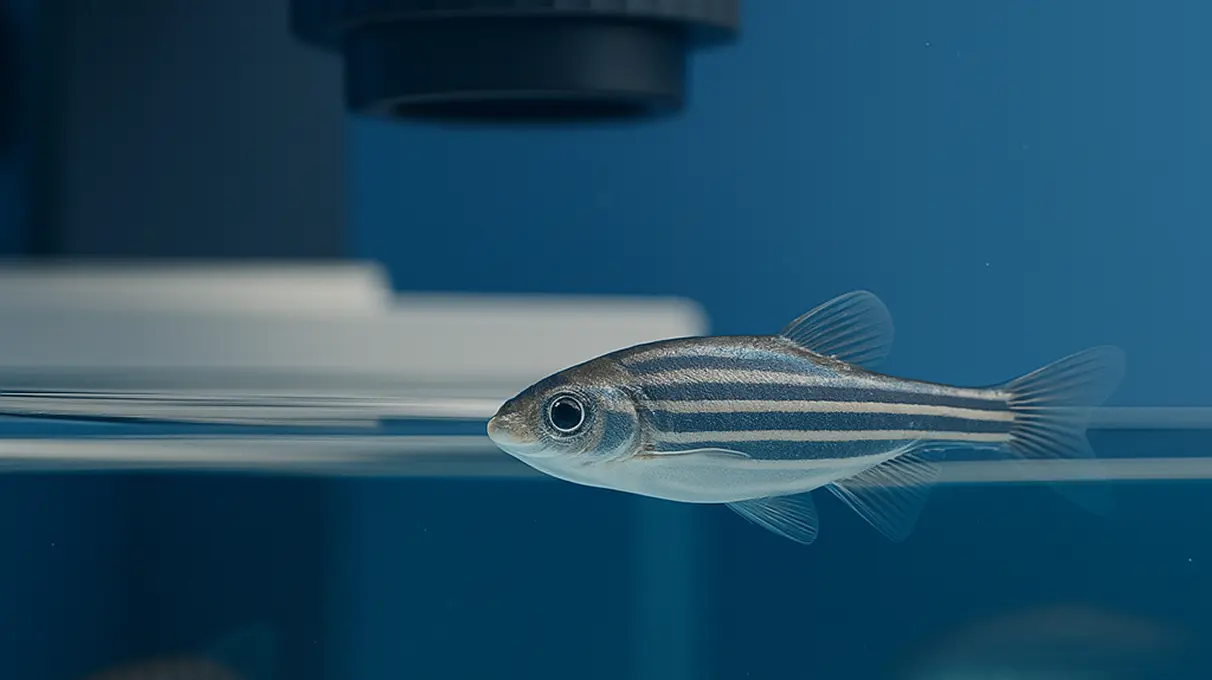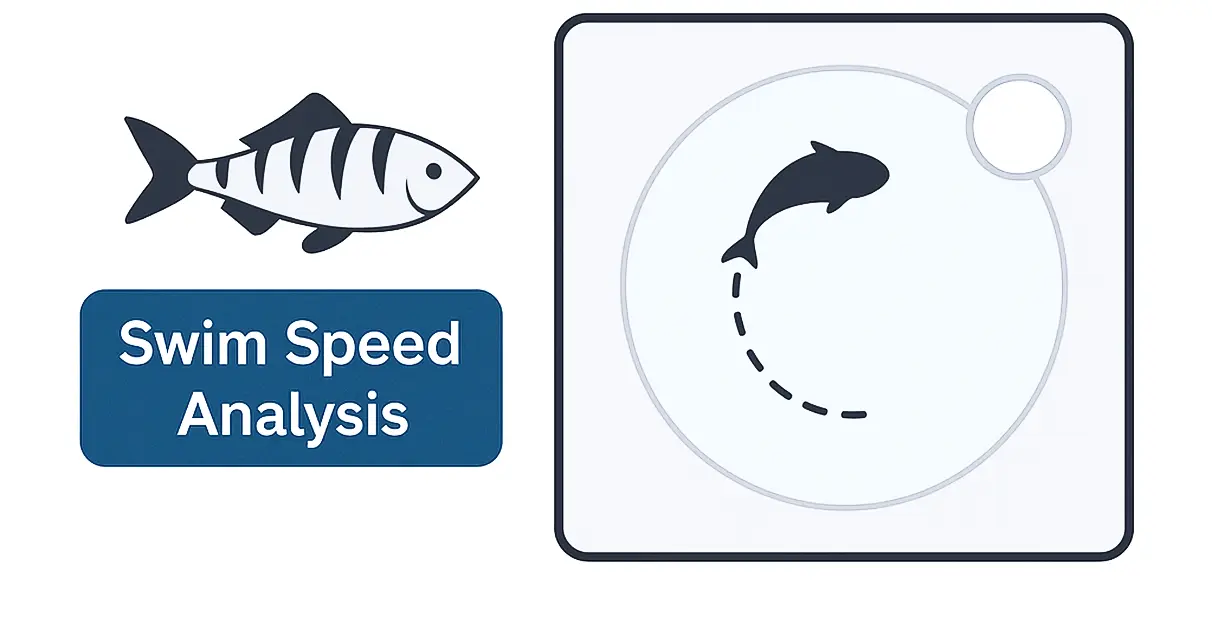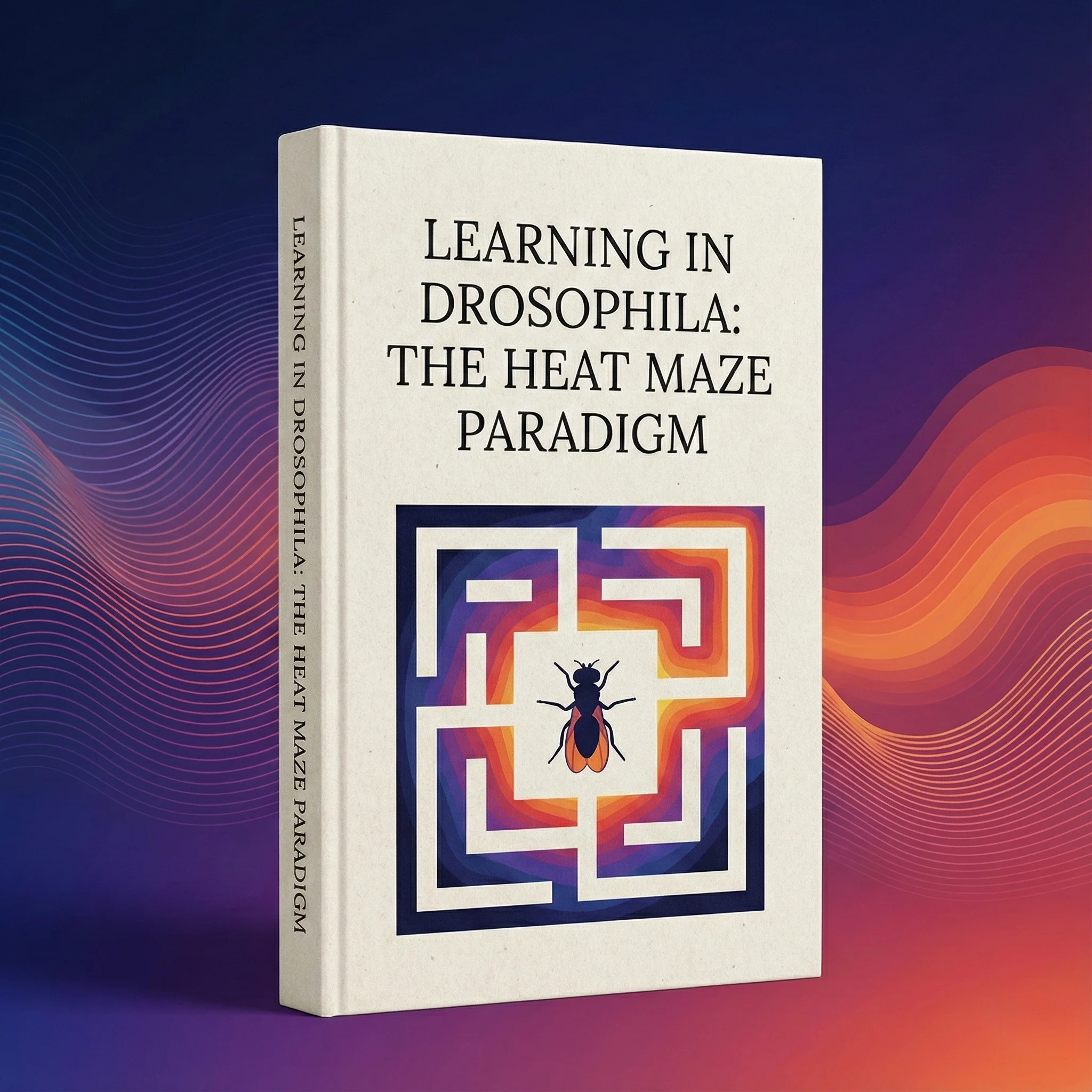
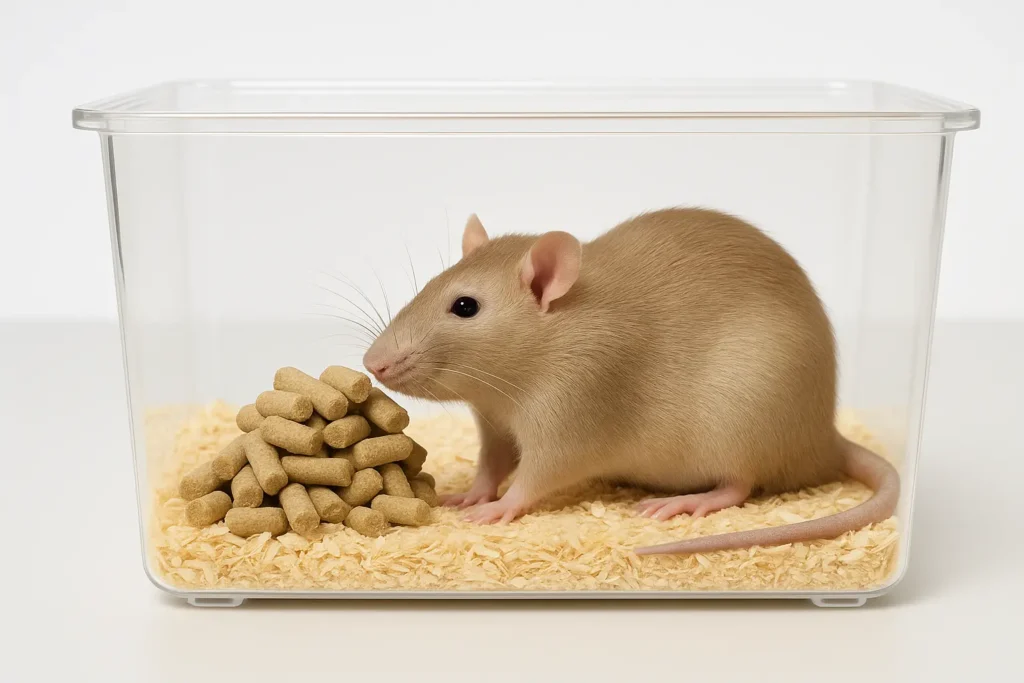
Eating is one of the most fundamental behaviors of all living organisms. It is the process by which animals acquire energy and essential nutrients to sustain life. But in rodents, eating is more than just a biological necessity—it is a sophisticated, behaviorally rich activity that reveals insights into their health, neurological function, psychological state, and even their social dynamics.
Rodents do not simply eat to satisfy hunger. In the wild, they must navigate complex environments, foraging for food while avoiding predators. They must learn which foods are safe and which are toxic, make decisions influenced by social interactions, and adapt their feeding habits to changing environmental conditions. This complexity makes eating behavior a powerful subject for scientific study.
Studying eating behavior in rodents offers a unique and powerful window into the complex interactions between biology, psychology, and environment that govern feeding behavior. Rodents, such as mice and rats, are among the most widely used models in behavioral neuroscience because they exhibit a wide range of eating behaviors that are comparable to those seen in humans. This section explores in detail why studying eating behavior in rodents is crucial for neuroscience, psychology, and health research.
Eating is not a simple reflex—it is a carefully regulated behavior controlled by a network of interconnected neural circuits in the brain. Rodents share many of the same neural pathways that regulate appetite in humans, making them a powerful model for understanding how the brain controls hunger and satiety.
In the rodent brain, the hypothalamus serves as the primary command center for appetite regulation. The lateral hypothalamus (LH) is often referred to as the “hunger center” because its activation triggers eating behavior. Conversely, the ventromedial hypothalamus (VMH) acts as the “satiety center,” inhibiting eating when activated. The arcuate nucleus (ARC) of the hypothalamus contains two key populations of neurons—AgRP/NPY neurons, which stimulate hunger, and POMC/CART neurons, which promote satiety. These neural circuits are influenced by hormonal signals, such as ghrelin (which stimulates hunger) and leptin (which signals fullness).
Beyond the hypothalamus, the reward system of the brain also plays a critical role. The mesolimbic dopamine pathway, which includes the nucleus accumbens and ventral tegmental area (VTA), drives the pleasure of eating, especially in response to palatable foods. This reward system is responsible for the feeling of satisfaction that follows a meal, and it is a key factor in the development of overeating and food addiction.
Rodents are one of the most genetically studied animals, making them ideal for understanding the genetic basis of eating behavior. Researchers have identified several key genes that influence appetite, food preference, metabolism, and body weight in rodents—many of which have direct human counterparts.
For example, the leptin gene (ob) produces leptin, a hormone that signals satiety. Rodents that lack this gene (ob/ob mice) become severely obese because they do not receive the signal to stop eating. Similarly, leptin receptor-deficient mice (db/db) produce leptin but cannot respond to it, leading to uncontrolled eating. The MC4R gene (melanocortin 4 receptor) is another critical regulator of energy balance. Mice lacking this receptor become hyperphagic (overeating) and obese.
Modern gene-editing techniques, such as CRISPR, allow researchers to create precise genetic models of eating disorders. By turning specific genes on or off, scientists can study how these genes influence feeding behavior. For instance, CRISPR can be used to delete the NPY gene, which reduces hunger, or to enhance the expression of POMC, which promotes satiety.
Eating behavior is not solely determined by biological mechanisms—it is also strongly influenced by psychological factors. Rodents provide a valuable model for studying how stress, anxiety, and social interactions affect feeding behavior.
Stress-induced eating is a well-documented phenomenon in rodents. When exposed to chronic stress (such as social defeat, unpredictable shocks, or isolation), rodents may either increase or decrease their food intake. This is because stress activates the hypothalamic-pituitary-adrenal (HPA) axis, releasing corticosterone (the rodent equivalent of cortisol). Elevated corticosterone can suppress appetite, while low levels may trigger comfort eating.
Rodents are also influenced by social interactions. In group settings, they often consume more food due to social facilitation. They engage in social learning, where they learn about safe foods by observing the eating behavior of others. The demonstrator-observer effect is a classic example, where a rodent is more likely to eat a novel food if it has smelled it on the breath of another rodent.
Anxiety and emotional states also play a role. Rodents experiencing anxiety may refuse to eat, while those exposed to comfort (such as warmth or social contact) may consume more palatable foods.
Eating behavior in rodents is highly sensitive to environmental factors, making them valuable models for studying how external conditions impact feeding.
Light-dark cycles are one of the most significant environmental factors. Rodents are typically nocturnal, meaning they are most active and consume most of their food during the dark phase of their circadian rhythm. The suprachiasmatic nucleus (SCN) of the hypothalamus serves as the master clock, synchronizing feeding behavior with the light-dark cycle. Disruptions to this cycle, such as constant light exposure or reversed light-dark schedules, can alter feeding patterns. These models are useful for studying circadian rhythm disorders and the impact of shift work on eating habits.
Temperature also influences eating behavior. Rodents in cold environments tend to eat more to maintain body heat, while those in warm environments eat less. This temperature-dependent feeding is a result of thermoregulation.
Chemical exposure is another critical factor. Rodents exposed to pesticides, heavy metals (such as lead and mercury), or other environmental pollutants may exhibit reduced food intake, increased food aversion, or changes in feeding frequency. These models help researchers understand how toxins affect appetite and metabolism.
Social settings also play a role. Rodents housed in isolation may show reduced food intake, while those in overcrowded conditions may eat more due to stress. Dominant rodents may consume more food, while subordinate rodents may eat less due to social pressure.
Rodents are invaluable models for studying human eating disorders because they can be manipulated to display behaviors that closely resemble those seen in humans. Researchers use rodents to model a wide range of eating disorders, including:
These models allow researchers to study the neural, hormonal, and psychological factors that drive eating disorders, leading to a better understanding of their underlying mechanisms and the development of new treatments.
Understanding the evolutionary origins of eating behavior in rodents provides critical insights into why they eat the way they do. This behavior has been shaped by millions of years of natural selection, allowing rodents to survive in diverse environments. Their feeding strategies reflect a balance between acquiring enough energy and avoiding predators or environmental dangers. Here are the key evolutionary patterns of eating behavior in rodents:
Eating behavior in rodents is not just a single, simple action—it is a complex, multi-step process that can be divided into distinct behavioral patterns. Each of these patterns provides valuable insights into the cognitive, emotional, and neurological aspects of eating. By carefully observing these behaviors, researchers can better understand the factors that drive feeding and how they are influenced by internal and external conditions.
Before a rodent consumes food, it engages in a careful process of exploration and selection. This behavior begins with the use of their highly developed sense of smell and taste. Rodents rely on their acute olfactory senses to detect the presence of food, distinguish between different types of food, and evaluate their safety. This cautious approach is an evolutionary adaptation that protects them from consuming toxic substances.
As part of this exploratory phase, rodents engage in sampling behavior. Rather than immediately consuming a new food item, they take small bites, testing the taste and texture. If the food is deemed safe, they continue eating. This sampling allows them to identify and avoid potentially harmful foods without risking a full meal.
Social factors also play a significant role in food selection. Rodents are social learners, meaning they learn about safe foods by observing the eating behavior of their peers. The demonstrator-observer effect is a classic example of this. If a rodent smells a specific food on the breath of another rodent, it is more likely to eat that food, recognizing it as safe. This social transmission of food preference ensures that rodents can safely explore new food sources without significant risk.
In laboratory settings, researchers can measure and analyze this exploration and selection process. By offering rodents a choice of foods, they can study preferences, neophobia (fear of new foods), and the influence of social learning on dietary choices.
Once a rodent has selected a food item, it engages in active feeding. This process is characterized by distinct behaviors, including nibbling, gnawing, and chewing. Rodents have sharp, continuously growing incisors that are perfectly adapted for gnawing on hard foods. They use these incisors to break down tough food items, while their molars are used for grinding softer foods.
Rodents adopt specific postures during feeding. They often sit upright on their hind legs, holding food in their forepaws. This posture allows them to manipulate food with precision, increasing their ability to consume a wide variety of items, from seeds and nuts to fruits and grains.
Active feeding is a behavior that can be precisely measured. Researchers can record the duration of feeding sessions, the number of bites taken, and the speed of chewing. These metrics provide insights into the rodent’s hunger levels, food preferences, and even their emotional state. For example, anxious rodents may eat quickly, while relaxed rodents may take their time.
In addition to direct consumption, rodents may engage in food manipulation, where they pick up, move, or inspect food items without eating them. This manipulation provides further information about their level of interest in the food.
One of the most consistent behaviors seen in rodents after eating is grooming. This transition from feeding to grooming is not random—it is a clear indicator of satiety. Grooming is a self-soothing behavior that allows rodents to relax after a meal, much like how humans may lean back or engage in conversation after eating.
Grooming is a highly structured behavior that follows a predictable sequence. It often begins with the rodent using its forepaws to clean its face, followed by licking and nibbling at its body fur. This grooming behavior is not only a sign of cleanliness—it also serves as a form of stress relief and comfort.
In research settings, the transition from eating to grooming can be used as a measure of satiety. Rodents that quickly transition to grooming after eating are likely to be full, while those that continue searching for food may still be hungry. This behavioral indicator of satiety is a non-invasive way to study feeding satisfaction and fullness.
Grooming can also provide insights into the rodent’s emotional state. Rodents experiencing anxiety may groom excessively, while those that are comfortable and relaxed may engage in more gentle, rhythmic grooming.
Food hoarding is one of the most distinctive and adaptive behaviors exhibited by rodents. In the wild, hoarding allows them to secure a steady food supply during periods of scarcity, such as winter. This behavior is seen in many rodent species, including rats, mice, and hamsters.
Hoarding behavior begins with food selection. Rodents prioritize high-energy foods, such as seeds and nuts, because these provide the most nutritional value for the least effort. Once selected, the food is transported to a hidden location, often a burrow or nest, where it is stored for future consumption.
Hoarding is not just a survival strategy—it is also a model for studying compulsive behaviors. In the laboratory, rodents that engage in excessive hoarding may be used to model obsessive-compulsive disorder (OCD) in humans. The neural circuits involved in hoarding, including the reward system (dopamine pathways) and the prefrontal cortex (responsible for impulse control), provide insights into the mechanisms of compulsive behavior.
Researchers can manipulate the environment to study hoarding behavior. For example, they can provide rodents with a surplus of food to observe how much they hoard, or they can limit food access to see how hoarding behavior changes. These experiments help reveal the factors that drive this complex, adaptive behavior.
Eating behavior is a fundamental aspect of survival and is regulated by a complex interplay of biological, genetic, psychological, and environmental factors. Understanding eating behavior and its disorders is crucial for addressing public health challenges, including obesity, eating disorders, and metabolic diseases. Rodent models, including rats and mice, have become essential tools for studying eating behavior because of their physiological and genetic similarities to humans. These models allow researchers to investigate the mechanisms of eating behavior and develop potential therapeutic approaches.
Obesity is a multifactorial disorder characterized by excessive accumulation of body fat. In rodent models, obesity can be induced through:
Anorexia is characterized by severe restriction of food intake, leading to extreme weight loss and malnutrition. Rodent models of anorexia include:
Binge eating is characterized by consuming large amounts of food within a short period, often accompanied by a sense of loss of control. Rodent models of binge eating include:
Highly palatable foods (rich in sugar, fat, or both) can trigger addictive-like behaviors in rodents, similar to substance addiction. This is characterized by:
Rodent models of food addiction provide a platform for testing treatments aimed at reducing cravings and improving self-control.

Eating behavior in rodents is a complex, multi-faceted phenomenon that extends far beyond the simple act of consuming food. It is a behavior regulated by neural circuits, influenced by genetics, and shaped by social and environmental factors. For researchers, studying this behavior offers a window into the brain, revealing how internal and external factors interact to drive behavior.
Rodents serve as powerful models for studying human eating disorders, including obesity, anorexia, and addiction. They also provide insights into how stress and environmental toxins affect food intake. As our understanding of eating behavior in rodents deepens, it opens new pathways for understanding hum
Written by researchers, for researchers — powered by Conduct Science.

